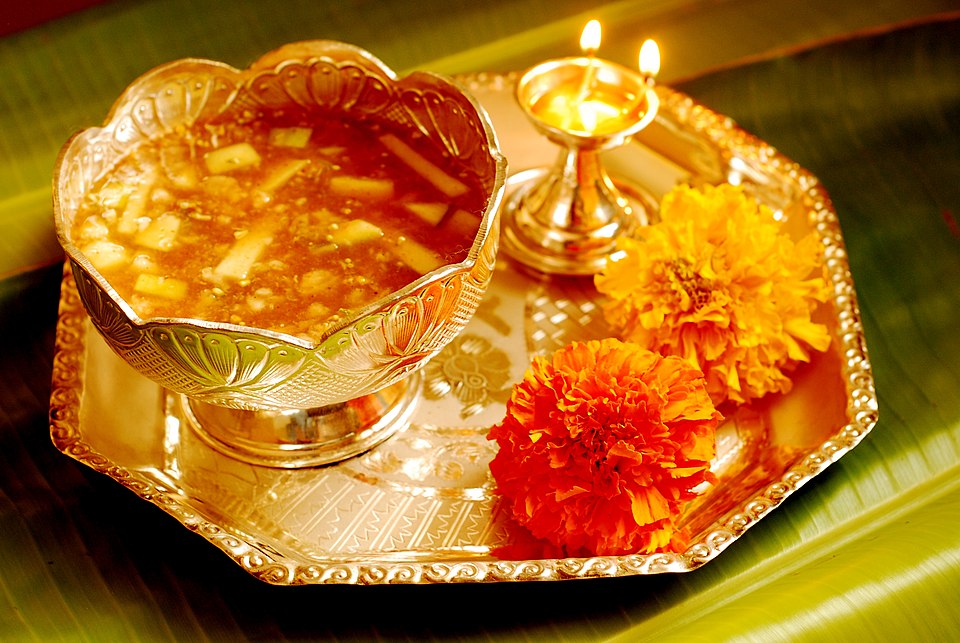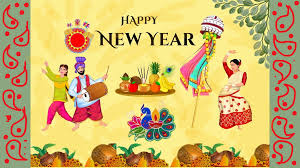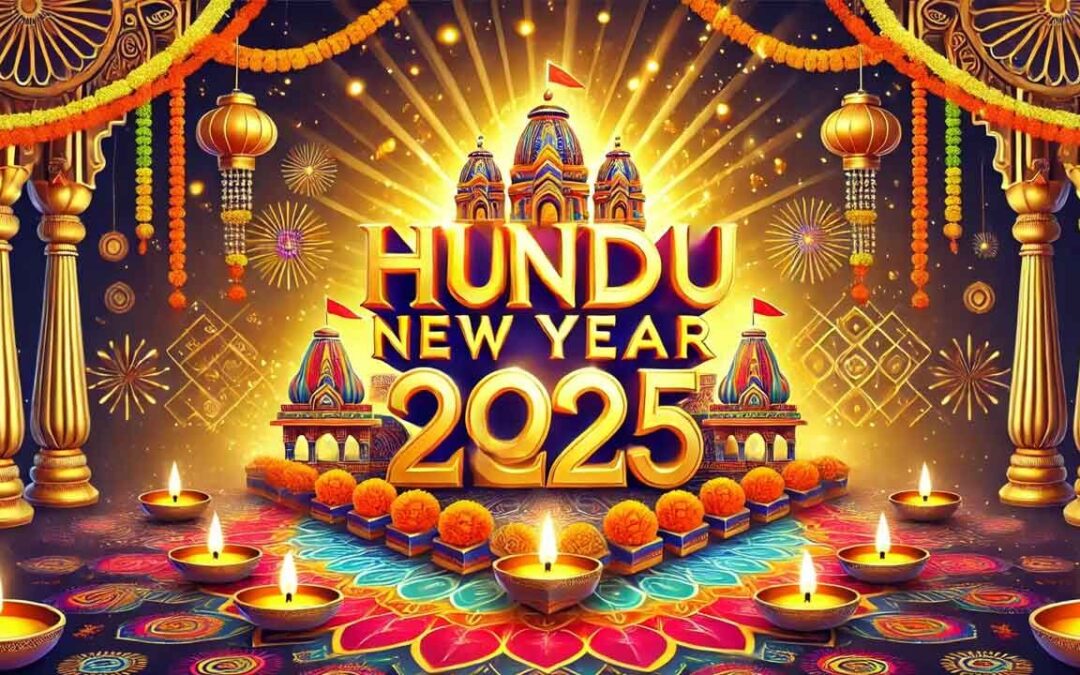The Many Hindu New Years: A Guide to Ugadi, Gudi Padwa, Vaisakhi & More
While much of the world celebrates the New Year on January 1st, Hindu traditions offer a rich tapestry of regional New Year festivals celebrated at various times of the year—often tied to lunar or solar calendars. These celebrations mark not just the start of a new year, but also a time for spiritual renewal, gratitude, and hope. Each region in India observes its own version of the New Year with unique customs, foods, and rituals, yet all share the common values of fresh beginnings, divine blessings, and cultural pride.

Springtime Celebrations: Ugadi and Gudi Padwa
In the southern and western states of India, Ugadi and Gudi Padwa mark the beginning of the New Year, usually falling in late March or early April. Ugadi is celebrated in Andhra Pradesh, Telangana, and Karnataka, and is considered a deeply spiritual occasion. Homes are cleaned, doorways are decorated with fresh mango leaves, and people wear new clothes. A special dish called Ugadi Pachadi is prepared, blending six tastes—sweet, sour, bitter, salty, spicy, and astringent—to represent the full spectrum of life’s experiences.
Meanwhile, Gudi Padwa is observed in Maharashtra, where families raise a bright “gudi” (flag) on a bamboo stick, draped with silk cloth and adorned with neem leaves and a garland. This symbolizes victory, good fortune, and protection. Homes are filled with the aroma of puran poli and shrikhand, and community processions feature traditional music and dance, celebrating the arrival of spring and prosperity.

Vibrant Harvest Festivals: Vaisakhi and Vishu
In Punjab, the New Year is celebrated as Vaisakhi, a joyful harvest festival that also commemorates the founding of the Khalsa Panth by Guru Gobind Singh. On this day, people visit gurdwaras, perform bhangra and gidda dances, and share festive meals made with freshly harvested grains. For farmers, it is a day of gratitude for the bounty of the earth and a prayer for future abundance.
In Kerala, the New Year is known as Vishu, also falling in mid-April. The highlight of this celebration is the Vishukkani—an arrangement of auspicious items like rice, fruits, flowers, gold, and sacred texts, viewed first thing in the morning. This visual offering is believed to shape the blessings of the year ahead. The Vishu Sadya, a vegetarian feast served on a banana leaf, showcases seasonal ingredients and family unity.
Shared Values, Diverse Traditions
Although the names and customs differ, all Hindu New Year celebrations share powerful common themes: the triumph of good over evil, the importance of gratitude, and the renewal of spiritual energy. Whether it’s through ritual offerings, symbolic foods, or reconnecting with family and community, each festival serves as a reminder to pause, reflect, and step forward with purpose.
These regional New Years also highlight the richness of India’s cultural diversity—where different calendars, climates, and histories shape traditions uniquely, yet harmoniously. In celebrating them, we don’t just honor local customs—we participate in a larger, timeless rhythm of nature, spirit, and shared humanity.

